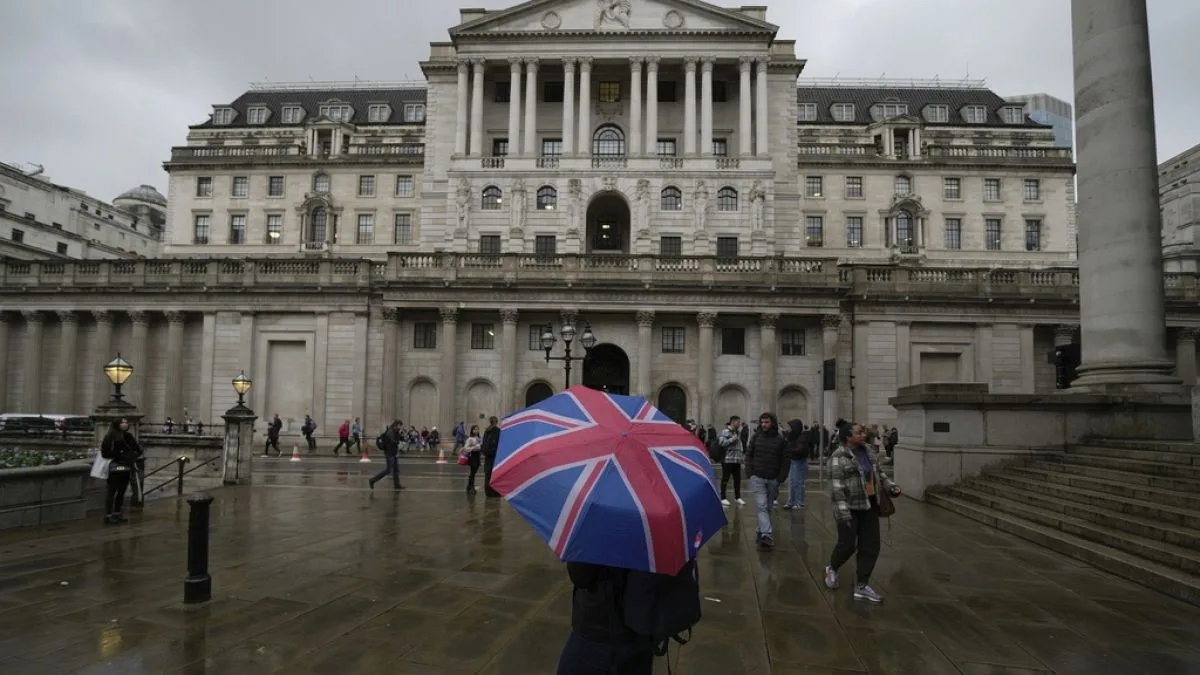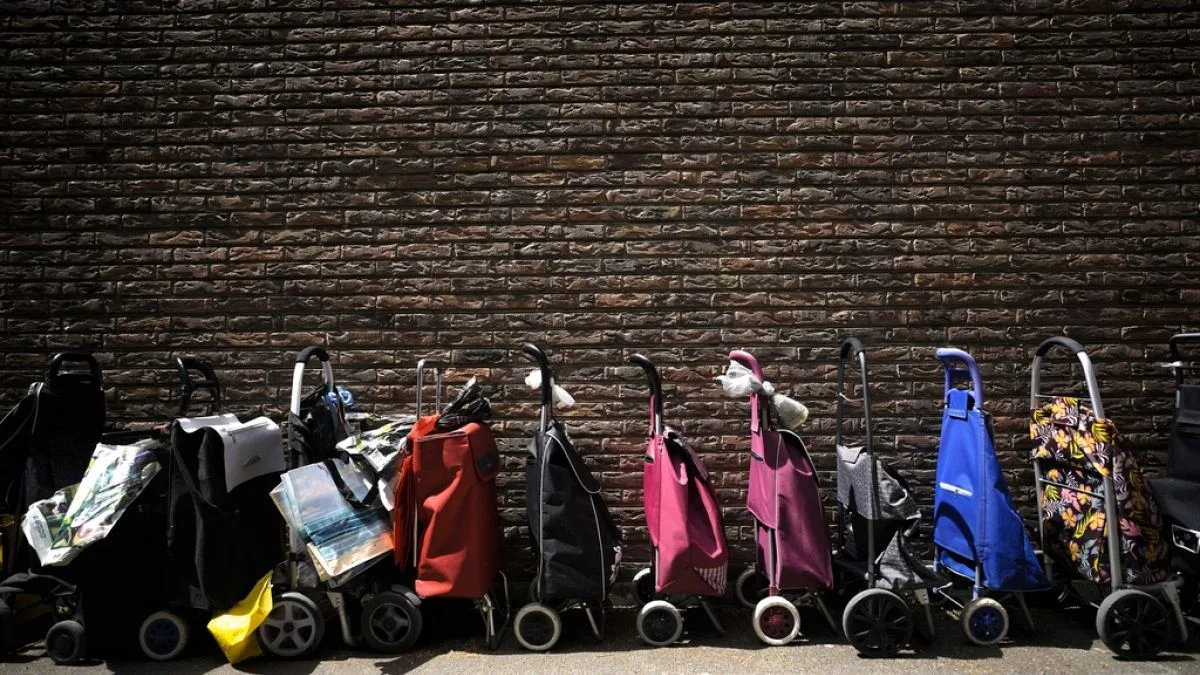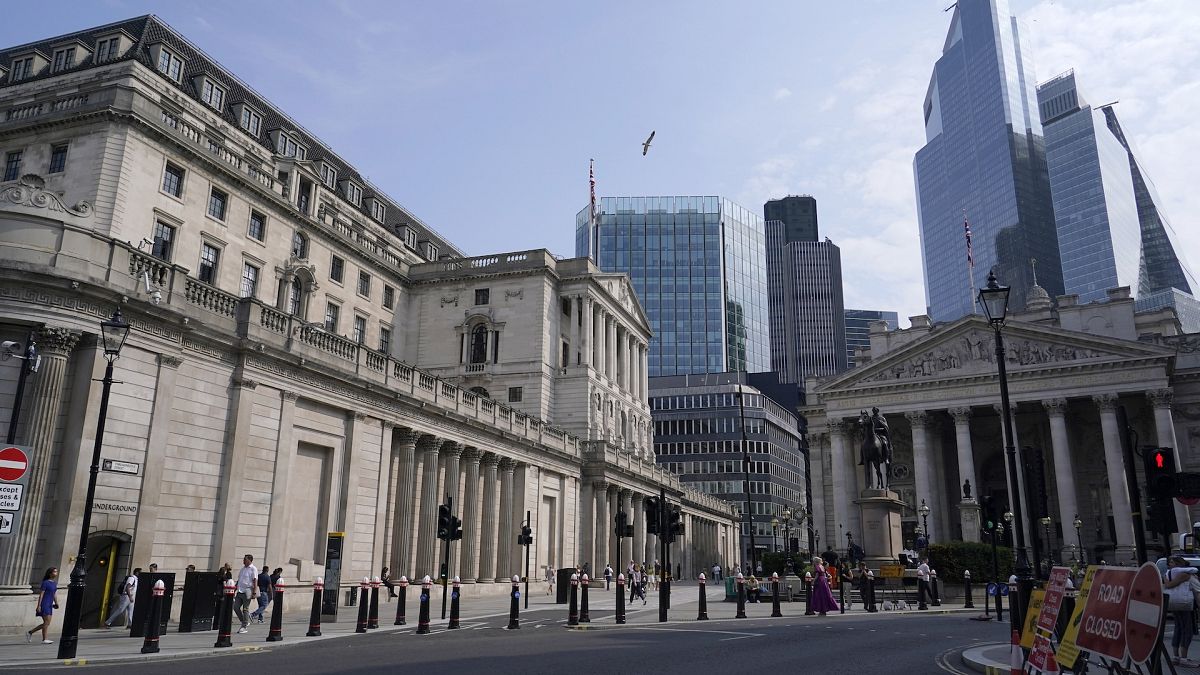In September, a decline in air fares and petrol prices contributed to a significant drop in inflation rates in the UK, stirring optimism for a potential interest rate cut on the horizon.
Recent official statistics revealed that inflation in the UK fell to its lowest point in over three years, with the Office for National Statistics (ONS) reporting a 1.7% rise in consumer prices for September, compared to 2.2% the month prior. This decline is primarily attributed to lower air travel and petrol costs. However, it’s important to note that food prices surged by 1.9%, while the costs of services saw a 4.9% increase compared to last year.
Core inflation, excluding food and energy prices, also decreased, falling to 3.2% in September from 3.6% in August. This more substantial decline in overall inflation exceeded the anticipated 1.9%, bringing the rate below the Bank of England’s target of 2% for the first time since 2021.
Interest Rate Cut on the Horizon?
Consequently, expectations are mounting that the Bank of England’s rate-setting committee will cut the main interest rate from 5% to 4.75% at their meeting scheduled for early November. This follows an earlier rate cut in August, marking the first reduction since the onset of the COVID-19 pandemic in early 2020.
According to Luke Bartholomew, deputy chief economist at abrdn, “A quarter-point rate cut in November seems almost certain, and this report establishes a clearer path for additional cuts in December.”
In response to rising inflation rates during the pandemic—largely due to supply chain disruptions and escalated energy costs stemming from geopolitical tensions—central banks worldwide raised borrowing costs. As global inflation rates begin to subside from historical highs, many central banks are now poised to lower interest rates.
The Bank of England’s next meeting in November will provide clarity, especially with the government’s budget details expected on 30 October.
The Dual Nature of Low Inflation
While a declining inflation rate can be seen as positive, it presents challenges as well. The new Labour government faces a daunting £22 billion (€26.26 billion) gap in public finances, prompting indications of potential tax increases and budget cuts, which could constrain the near-term economic outlook and contribute to dampening inflation further.
For Treasury chief Rachel Reeves, the lower inflation rate brings both relief and challenge as she prepares to present her first budget. Many social benefits are tied to the inflation rate from September, and the prospect of reduced borrowing costs ahead could ease the government’s interest payments, granting her increased financial flexibility.
However, this situation poses difficulties for many vulnerable households in the UK. As benefits are indexed to the inflation rate recorded in September, a potential rise in October would have yielded greater assistance for low-to-middle-income families. “This temporary decrease in inflation is poorly timed for millions, potentially leading to lesser benefit increases next year,” remarked Lalitha Try, an economist at the Resolution Foundation.
Photo credit & article inspired by: Euronews



